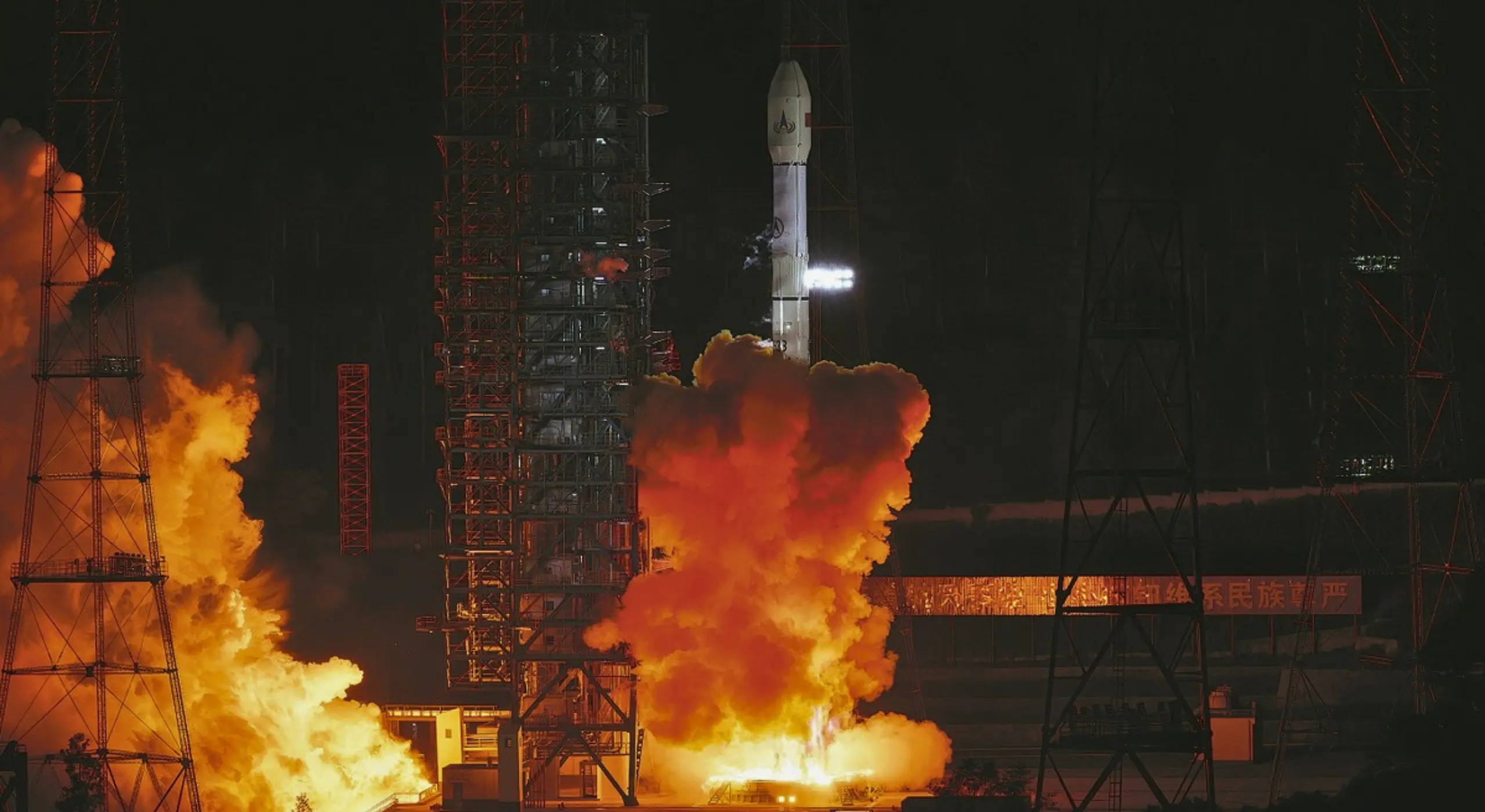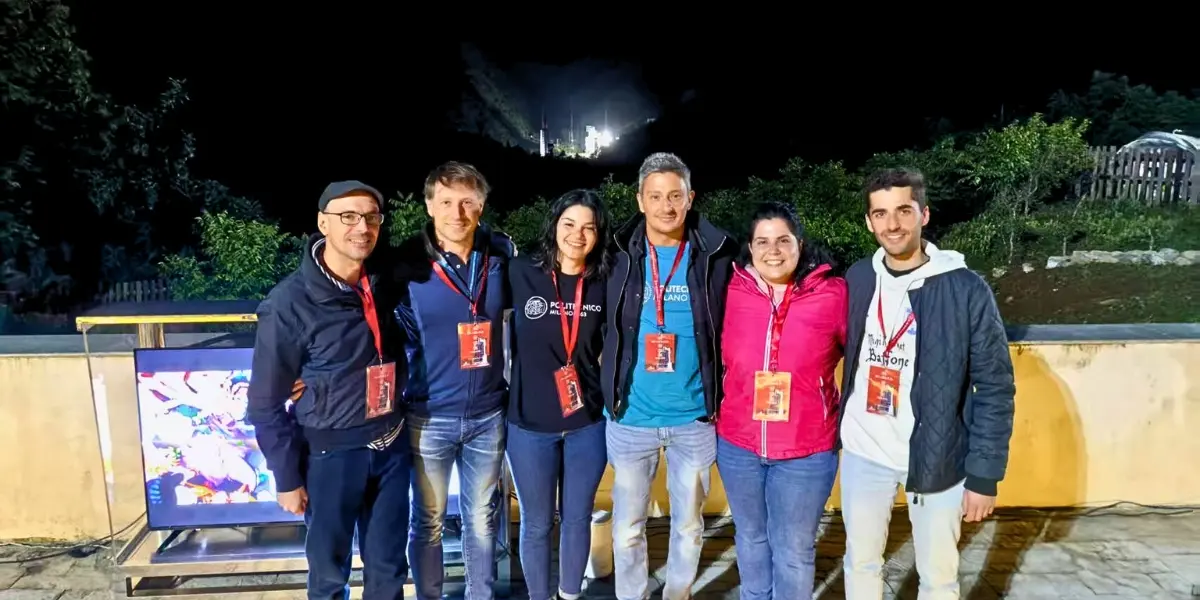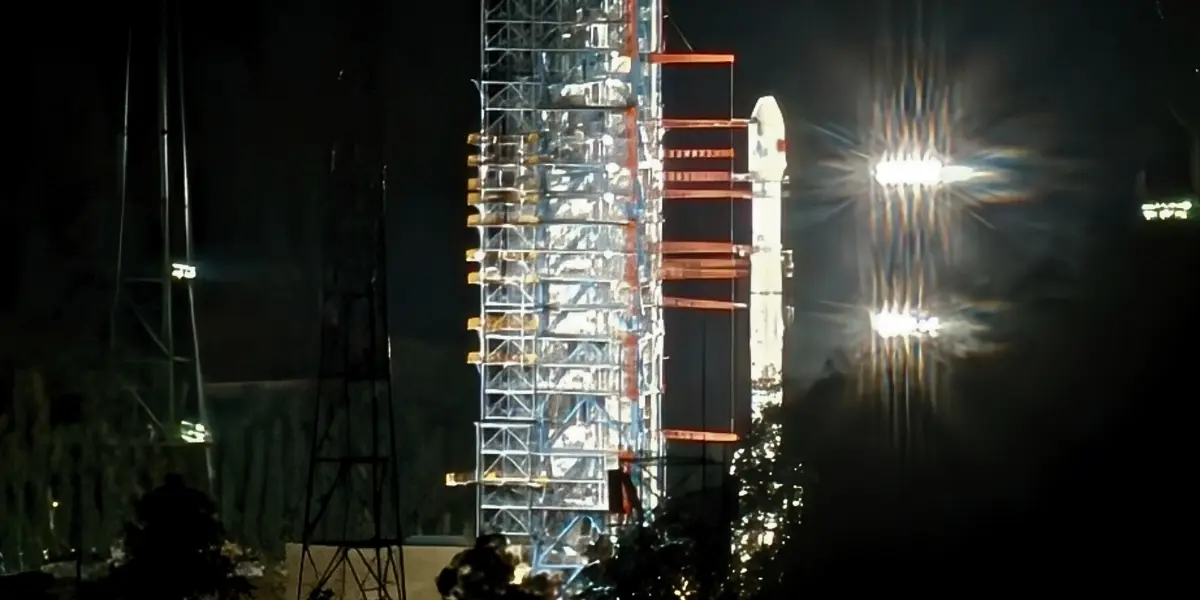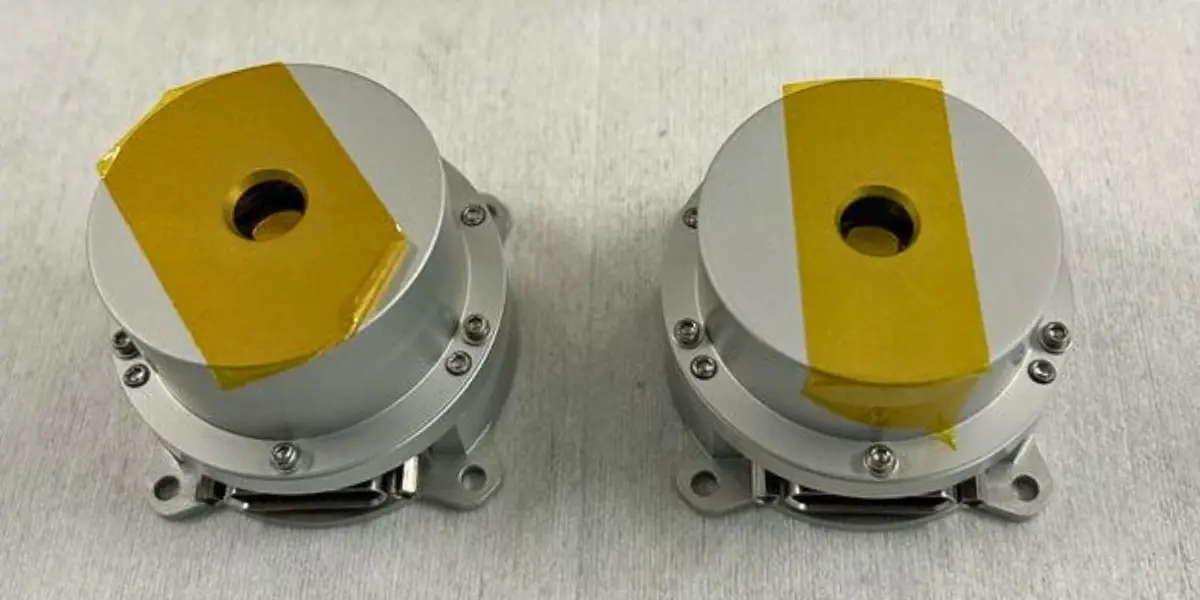DIANA - Italian Scientific Instrumentation on Board the Tianwen-2 Mission

On board the Tianwen-2 spacecraft – successfully launched during the night of May 29, 2025, from the Xichang Satellite Launch Centre in southwestern China – is a fully Italian scientific instrument named DIANA, an acronym for Dust In-situ ANAlyzer. DIANA is now officially on route through space, heading first toward the asteroid Kamoʻoalewa, and subsequently toward a main-belt comet.
The Tianwen-2 mission, led by the China National Space Administration (CNSA), aims to rendezvous with the asteroid, collect surface samples, return them to Earth by 2027, and continue toward a comet for extended in-situ exploration. The goal is to advance our understanding of the formation and evolution of asteroids and reconstruct the early stages of the Solar System's history.
DIANA was developed by a consortium composed of INAF IAPS in Rome, the CNR, and the MetroSpace Lab at Politecnico di Milano, which played a central role in the design, development, and qualification of the scientific payload, consisting of two sensor heads.
DIANA sensor heads: Flight Model SH1 and Flight Model SH2
The instrument is tasked with measuring and characterizing in situ the dust and ice in the space environment around the asteroid. At its technological core lies a set of quartz crystal microbalances, a high-precision technology whose application in extreme space environments has seen the MetroSpace Lab of Politecnico di Milano deeply involved in the development and engineering of the supporting structures for the sensing elements.
In particular, to meet the rigorous demands of interplanetary space missions, the technology has been adapted and optimised for compactness, light weight, and mechanical robustness, while maintaining operability under vacuum, wide thermal fluctuations, and the intense dynamic loads of the launch phase.
The instrument was made possible through the miniaturisation of existing technology: each sensor head weighs less than 90 grams, occupies a volume of about 50×50×35 mm³, and can detect dust masses on the order of a millionth of a gram. Its exceptional performance and compact design were among the key reasons the Chinese Space Agency selected DIANA as the only European instrument on the mission.
Thanks in large part to the technological expertise of Politecnico di Milano, Italy will play a leading role in one of the most ambitious space exploration missions of recent years.
This milestone represents the result of years of work, international collaboration and passion for scientific research and technological innovation. A heartfelt thanks to the Chinese delegation for their hospitality, availability and for giving us the opportunity to attend an event of such importance. Congratulations to the entire Metrospace Lab team, to the partners CNR, INAF-IPAS and to all the entities that contributed to the success of the mission.



Photo by www.chinadaily.com.cn